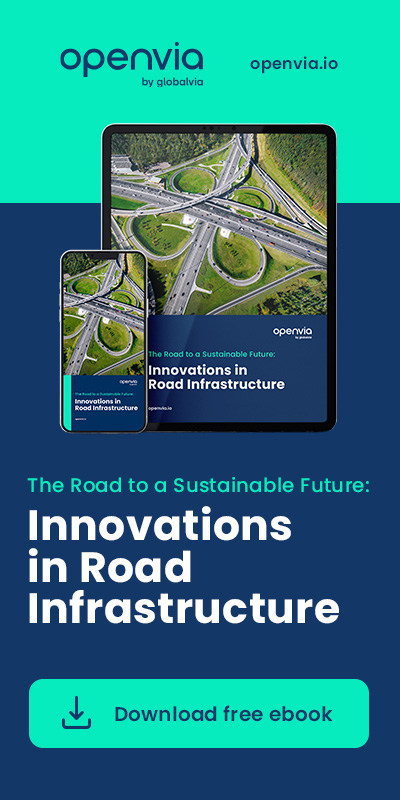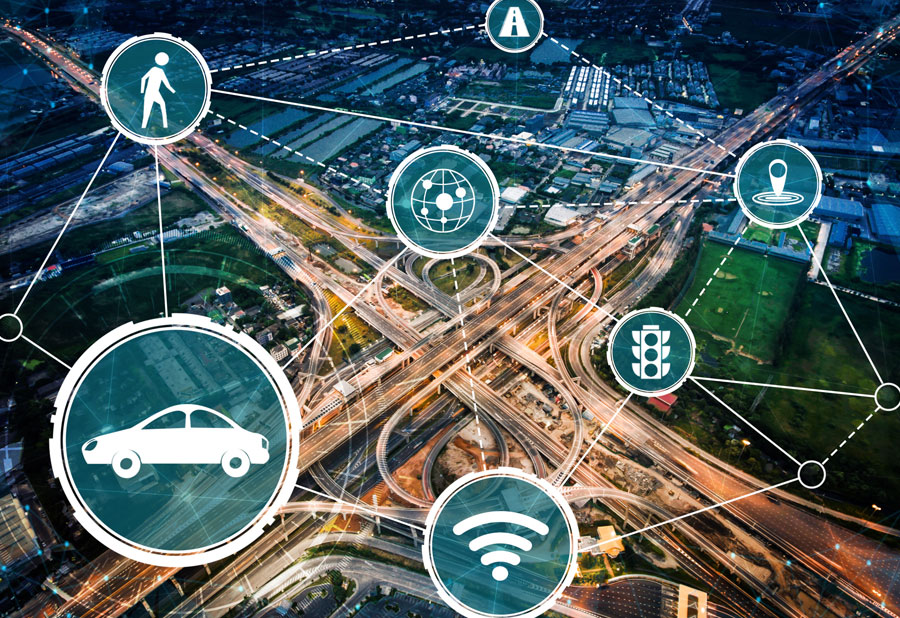Introduction
The way we interact with public transportation has undergone a significant transformation over the past few decades. Among the most notable innovations is smart ticketing, a digital alternative to traditional paper tickets that simplifies and enhances the travel experience. Smart ticketing systems leverage modern technologies to streamline ticket purchases, improve efficiency, and offer greater convenience to users. Some of this technologies are: contactless cards, mobile apps, and QR codes.
As cities grow and transportation demands increase, these advanced ticketing systems have become integral to public transport networks worldwide. But where did smart ticketing originate, and why has it surged in popularity in recent years? This article explores the evolution of smart ticketing. Also, its rapid adoption following the COVID-19 pandemic and the many advantages it offers to transportation users today.
The Origins of Smart ticketing
The concept of smart ticketing came from the 1990s. When technological advancements began to intersect with urban mobility needs. One of the most pioneering examples is London’s iconic Oyster card, introduced in 2003.
This contactless ticket allowed passengers to preload funds onto a reusable card. This system could be tapped at entry points across the city’s public transport network.
The Oyster card revolutionized ticketing, offering a faster, more reliable alternative to paper tickets and coins. In 2013, 85% of all journeys in London were paid for with the Oyster card. This success inspired other cities around the world to adopt similar systems. They integrated smart ticketing technology into buses, trains, streetcars and even bike-sharing programs.
Over time, smart ticketing became a cornerstone of urban mobility innovation. While the initial adoption of contactless payment systems was driven by efficiency and user convenience. The technology also supported sustainability goals by reducing reliance on paper tickets.
The Rise of Smart Ticketing After the Pandemic
The global outbreak of COVID-19 in 2020 served as a catalyst for the widespread adoption of smart ticketing systems. With hygiene and safety becoming top priorities, traditional ticketing methods were increasingly viewed as risk-prone. Public transportation authorities
and operators turned to contactless ticketing as a safer and more hygienic alternative.
The pandemic accelerated the integration of mobile ticketing apps, where users could purchase and validate their tickets using smartphones. QR codes became ubiquitous, allowing travelers to simply scan their phones at entry points without needing physical contact. In addition, the use of digital wallets such as Apple Pay and Google Pay further streamlined the ticketing process. They reduce the need for physical infrastructure like
vending machines.
Beyond health concerns, the post-pandemic era highlighted the need for flexibility in public transportation. Smart ticketing systems allowed operators to introduce:
- Dynamic pricing models.
- Subscription plans.
- Pay-as-you-go options tailored to shifting commuter patterns.
These features ensured that public transport remained accessible and user-friendly even as travel behaviors evolved.
The Advantages of Smart Ticketing
The adoption of smart ticketing has brought several benefits to transportation users, operators, and the environment. Below, we delve into the key advantages that make these systems a game-changer for modern mobility.
1. Reduction of Paper and Environmental Impact
One of the most visible benefits of smart ticketing is its contribution to sustainability. By replacing traditional paper tickets with digital alternatives, public transport systems can significantly reduce their paper consumption. This not only cuts costs but also helps reduce the environmental footprint of transportation networks.
Moreover, the reduced need for ticket vending machines and associated maintenance further minimizes energy consumption and waste. For environmentally conscious travelers, smart ticketing systems align with their values, supporting greener commuting options.
2. Faster and More Efficient Ticketing Processes
Smart ticketing eliminates many of the inefficiencies associated with traditional ticketing systems. Passengers no longer need to queue at vending machines or counters to purchase tickets. Instead, they can buy and store tickets instantly on their smartphones or reload funds onto contactless cards with a few taps.
Additionally, tap-and-go systems reduce bottlenecks at entry and exit points, speeding up boarding processes and minimizing delays. This efficiency benefits both individual travelers and the overall flow of public transportation networks.
3. Convenience and Flexibility
Smart ticketing offers unparalleled convenience for users. Travelers can plan, purchase, and store their tickets on a single platform, often integrated with other transportation services. For instance, multi-modal travel can be seamlessly managed through a single ticketing system. Combining buses, trains, and bike-sharing in one trip, etc.
Flexibility is another major advantage. Many smart ticketing platforms offer pay-as-you-go options, subscription models, or dynamic pricing based on travel frequency. Users can choose the payment method and travel plan that best suits their needs. This freedom make public transport more accessible, convenient, attractive, and user-friendly.
4. Enhanced User Experience
Smart ticketing enhances the overall travel experience by reducing common pain points. Features like real-time updates on travel schedules, fare calculators, and route planners are often integrated into ticketing apps, providing valuable information at the user’s fingertips.
Moreover, the elimination of paper tickets means no more worries about losing or damaging tickets. Travelers can easily manage and retrieve their contactless tickets or digital passes through secure platforms, ensuring a smoother journey.
5. Increased Security and Fraud Prevention
Traditional paper tickets are susceptible to fraud and counterfeiting. Smart ticketing systems address this issue through advanced encryption and authentication technologies. For example, QR codes, NFC-enabled cards, and biometric validation ensure that tickets are unique, traceable, and secure.
These systems also enable operators to monitor usage patterns and detect anomalies, further enhancing the security and reliability of public transportation networks.
6. Cost Savings for Users and Operators
For users, smart ticketing can lead to significant cost savings. Many systems offer discounts for preloaded funds, subscription models, or frequent travel. Additionally, users save on hidden costs, such as those associated with lost paper tickets or vending machine fees.
For operators, smart ticketing reduces the operational costs of printing, distributing, and managing paper tickets. The automation of ticketing processes also cuts labor expenses and enhances revenue collection efficiency.
Smart Ticketing: The Future of Public Transport
Today, cities are striving to become smarter and more sustainable. Smart ticketing systems are set to play an important role in the future of mobility. By combining comfort, sustainability and efficiency, these systems encourage greater use of public transport. They also reduce dependence on private vehicles and contribute to cleaner and less congested urban environments.
The integration of emerging technologies such as Artificial Intelligence (AI), Machine Learning (ML), and Blockchain promises to further enhance the capabilities of smart ticketing platforms. For example, AI can enable dynamic adjustments to rates based on real-time demand. In addition, Blockchain technology ensures secure and transparent transactions.
Looking ahead, public transport card payment systems will likely evolve into fully integrated, Mobility-as-a-Service (MaaS) platforms, where users can access multiple transport options through a single app. This vision represents the next step in the evolution of ticketing systems, further breaking down barriers to seamless, sustainable travel.
In conclusion, smart ticketing has transformed the way we interact with public transportation. This system offers numerous advantages to users and operators alike. Smart ticketing has proven itself as a key enabler of efficient, sustainable, and user-friendly mobility.
As these systems continue to evolve, they will play an essential role in shaping the future of transportation. They will make travel more accessible, convenient, and environmentally conscious for all citizens.






